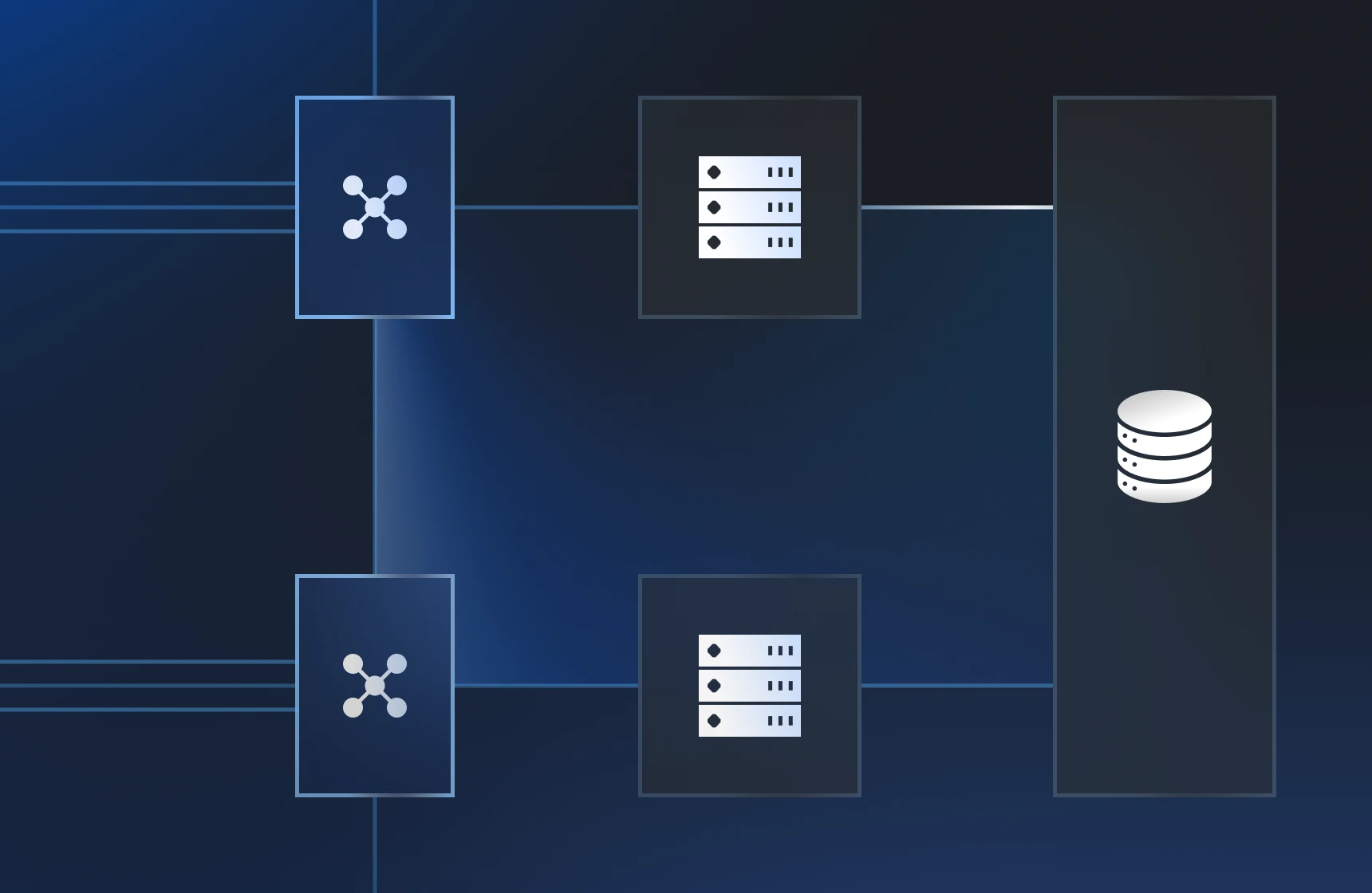Meet NetActuate at All Things Open 2025 in Raleigh Oct 13-14!


Meet NetActuate at All Things Open 2025 in Raleigh Oct 13-14!


Overlay (virtual/private networking) providers can use anycast so remote users connect via a single IP to their closest entry point, and internal routing remains low-latency.

To help increase security and control access to their data center and cloud infrastructure, many companies are now opting for cloud-based overlay network services. However, they often struggle due to overlay deployment complexity, scalability limits, and integration challenges across hybrid or multi-cloud environments. Encrypted tunnels reduce visibility and complicate security management, while operational costs and specialized expertise needs increase.
BGP anycast ensures low-latency connectivity both to (and within) an overlay network, providing end users the best performance possible. Using just one IP address, remote users around the world can be connected to the overlay network entry point closest to them. Within the overlay network, internal anycast routing minimizes latency from the network edge to datacenter and cloud resources.
Anycast supports globally distributed overlays by ensuring consistent connectivity, faster failover, and simplified endpoint discovery. Anycast also aids distributed control planes and VPN gateways by optimizing entry points for users and reducing single points of failure, making large-scale overlay deployments more robust and efficient.


You deploy nodes that advertise the same IP via BGP or other routing protocols. Once ingress occurs via the nearest node, internal tunnelling or forwarding within the overlay handles connectivity to the destination resource.

If one node fails or becomes unreachable, routing (via BGP) automatically shifts clients to a nearby healthy node. The overlay must ensure internal connectivity and state replication so services continue seamlessly.

You must monitor routing announcements, ensure nodes validate health-checks, control ingress/egress paths, and establish encryption or identity-based access inside the overlay. Since Anycast hides multiple nodes behind one IP, visibility into each node’s state is critical.


Deploy across 45+ global locations on one of the world’s largest networks, engineered for performance, resiliency, and efficient scaling without the risk of downtime or runaway costs.

